Expansion of Electric Vehicles
The expansion of electric vehicles (EVs) represents a significant driver for the Inductor Market. As governments and consumers increasingly prioritize sustainable transportation solutions, the demand for EVs is surging. In 2025, the electric vehicle market is anticipated to witness a growth rate exceeding 20%, which will likely necessitate a corresponding increase in the use of inductors for power conversion and management in EV systems. Inductors are essential components in electric drivetrains, battery management systems, and charging infrastructure. This trend suggests that manufacturers in the Inductor Market must innovate and adapt their product offerings to meet the specific requirements of the rapidly evolving automotive sector, thereby enhancing their competitive edge.
Growth in Renewable Energy Sector
The growth in the renewable energy sector is a crucial driver for the Inductor Market. As the world shifts towards sustainable energy sources, the demand for inductors in applications such as wind and solar power generation is expected to rise. In 2025, the renewable energy market is projected to expand at a compound annual growth rate of around 8%, which will likely increase the need for inductors in power inverters and converters. These components are vital for converting and managing energy efficiently, thus facilitating the integration of renewable sources into the existing power grid. This trend indicates that companies within the Inductor Market must align their strategies to capitalize on the burgeoning opportunities presented by the renewable energy landscape.
Increased Focus on Energy Efficiency
Increased focus on energy efficiency is a prominent driver in the Inductor Market. As industries and consumers alike seek to reduce energy consumption and lower operational costs, the demand for energy-efficient components, including inductors, is on the rise. In 2025, energy efficiency initiatives are expected to gain momentum across various sectors, including industrial, automotive, and consumer electronics. This trend suggests that inductors designed for higher efficiency and lower losses will become increasingly sought after. Manufacturers in the Inductor Market may need to invest in research and development to create innovative solutions that align with these energy efficiency goals, thereby enhancing their market position.
Rising Demand for Consumer Electronics
The increasing demand for consumer electronics is a pivotal driver in the Inductor Market. As technology continues to advance, the proliferation of devices such as smartphones, tablets, and wearables necessitates the use of inductors for efficient power management and signal processing. In 2025, the consumer electronics sector is projected to grow at a compound annual growth rate of approximately 6.5%, which directly influences the demand for inductors. This growth is likely to be fueled by innovations in wireless technology and the Internet of Things (IoT), where inductors play a crucial role in enhancing device performance. Consequently, manufacturers in the Inductor Market are expected to focus on developing high-performance inductors that cater to the evolving needs of this dynamic market.
Advancements in Telecommunications Infrastructure
Advancements in telecommunications infrastructure are driving growth in the Inductor Market. The ongoing rollout of 5G networks and the expansion of broadband services necessitate the use of inductors in various applications, including base stations and signal processing equipment. In 2025, the telecommunications sector is expected to grow significantly, with investments in infrastructure projected to reach unprecedented levels. This growth is likely to create a robust demand for high-frequency inductors that can support the performance requirements of next-generation communication technologies. As a result, manufacturers in the Inductor Market are encouraged to innovate and enhance their product lines to meet the specific needs of this rapidly evolving sector.

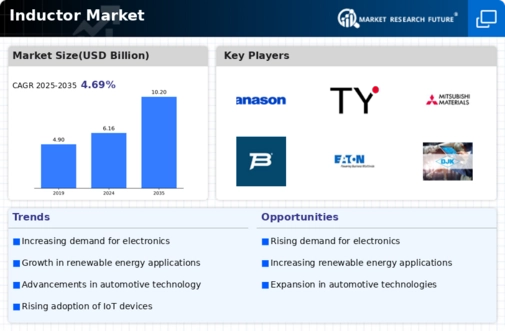
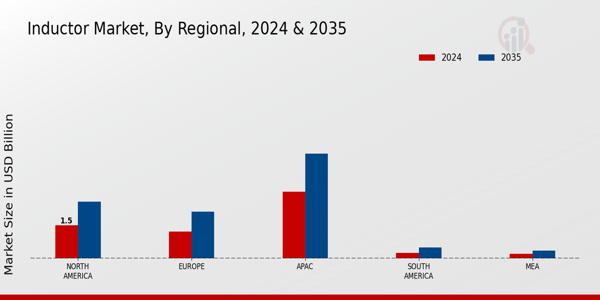
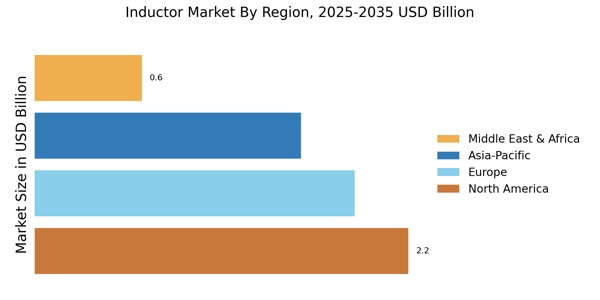

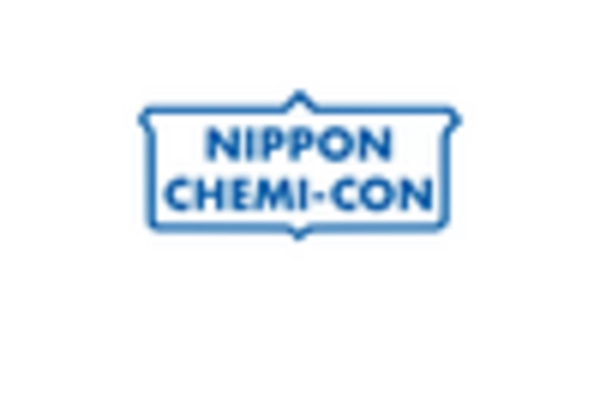

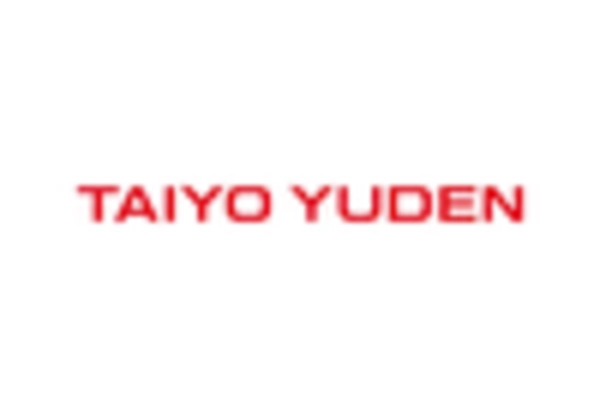

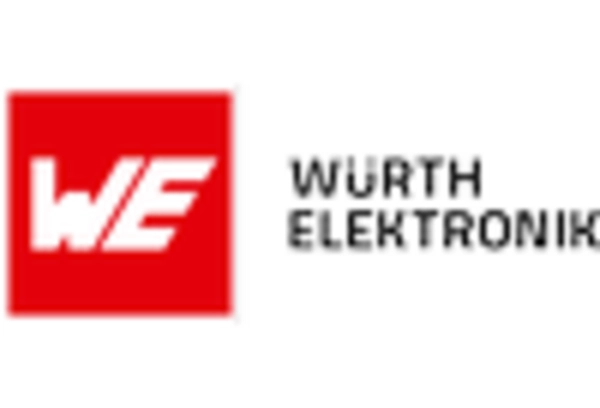








Leave a Comment